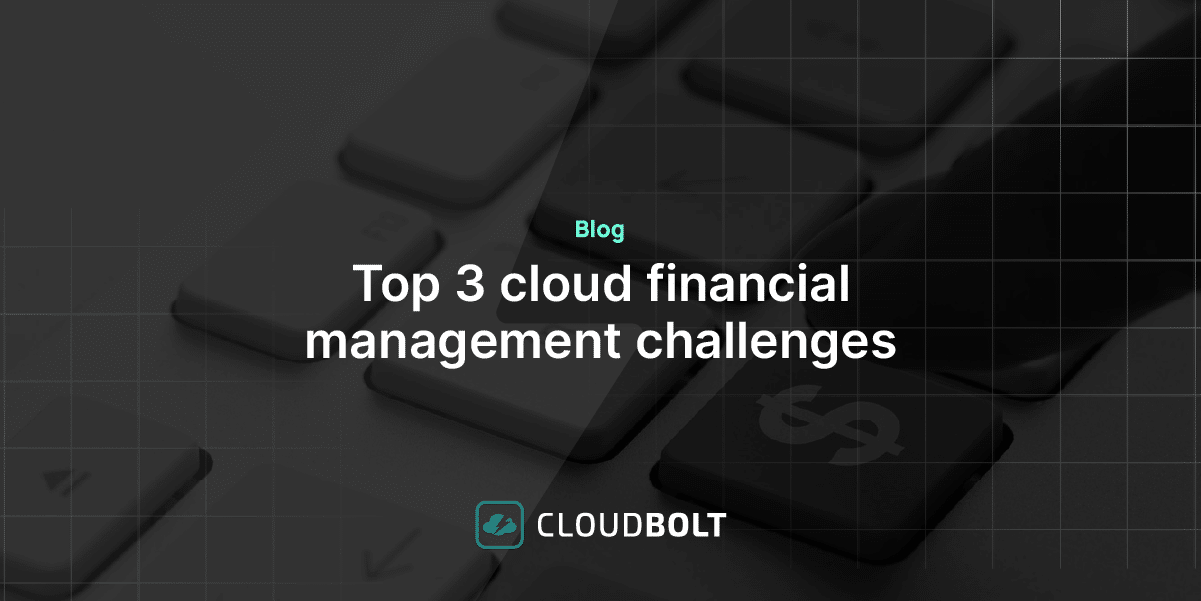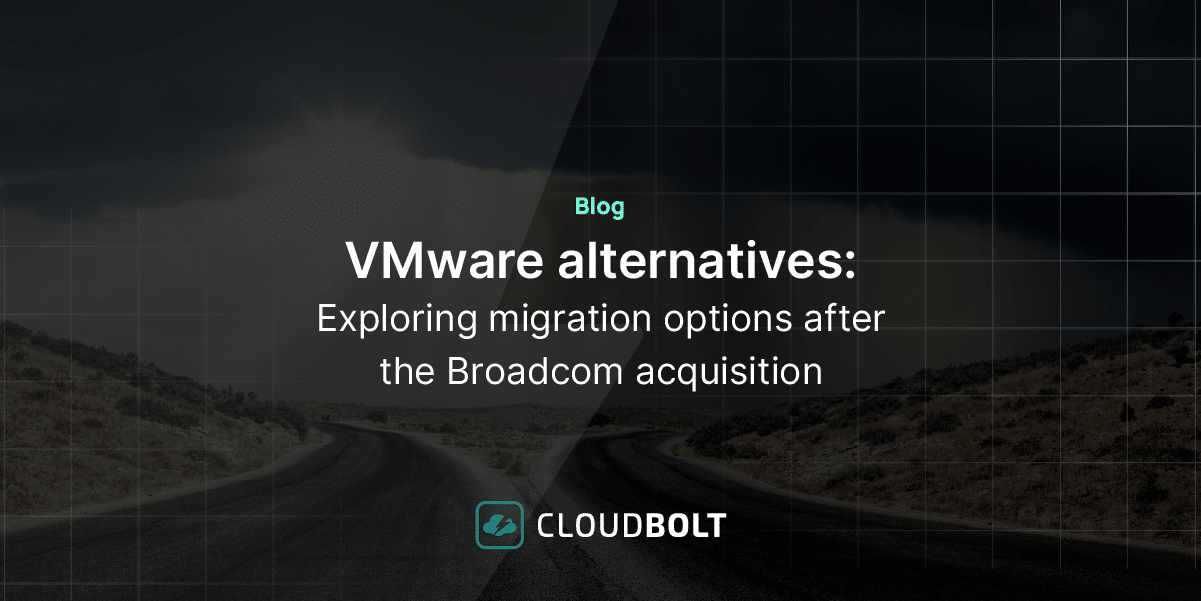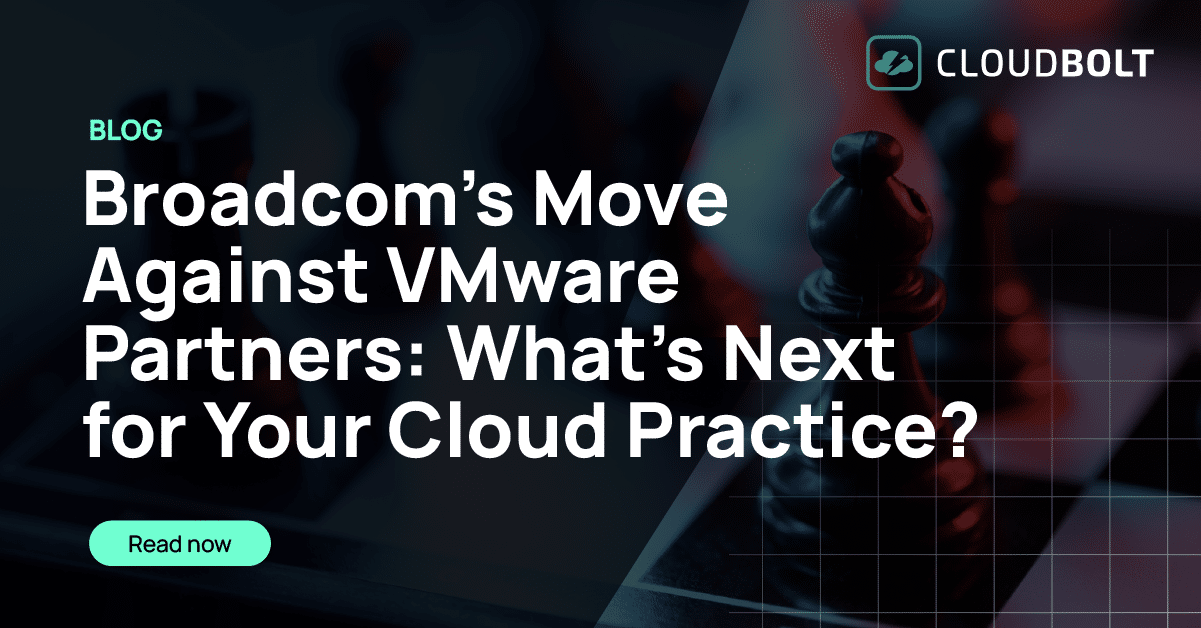
Balancing the risk and reward for delegating tasks has always been an issue for management or leadership positions within an organization. The goal of delegating is to make an organization work more efficiently. That’s the reward. But the risk is that stuff might not get done properly or it ends up being inefficient or unexpectedly costly for one reason or another. A lack of oversight or shortage of the right skill sets can quickly turn into a disaster.
The same is true for IT provisioning and self-service.
For IT services, there have been several ways to provision resources or “delegate” them as needed over the years. The degree to which it is “self” vs “someone-else” doing it as a service has varied and continues to evolve.
As a tech marketing engineer, getting my infrastructure resources for demo environments has ranged from requesting resources in an email to IT services, to accessing everything from a public cloud provider on my own.
For example, in my first technical role, I would have multiple remote desktop sessions running on my local machine from images requested from IT. My server images were for Windows 2008 Server (W2K8 R2 to be a little nostalgic), and I would install our enterprise software solution on top of them based on build candidates. Later, I had my own login credentials to a VMware vSphere client that let me spin up my own virtual machines (VMs) with server environments from multiple operating systems—specifying the compute capacity myself. I would take snapshots of incremental versions of working VMs and roll back to older versions if something went wrong.
Eventually, I was “self-provisioning” my environment running EC2 instances on Amazon Web Services (AWS) and paying for them with a corporate credit card. I logged in to the AWS portal with my personal login credentials and everything was paid for by the company. We had a marketing budget of about $1200 per month that I used our corporate American Express card for, only to be consolidated later by central IT to make the process more efficient.
On another occasion, I had to start an instance of a Linux Ubuntu server based on a repository of open source files from Github that I accessed myself. It should be interesting to see what happens as Microsoft is buying Github and is willing to pay 7.5 billion.
With any one of these scenarios, there was a self-service element to the task, and in some cases a specific login to an environment, where I could specify settings and then start running whatever it was that I needed. If all of this ran smoothly, there was nothing to worry about. “Self-service” was a good thing.
But now considering enterprise IT, to what extent do IT leaders want to provide self-service provisioning for employees to do digital business?
Today there is a lot more at stake, and it has become a balancing act of risk and reward based on timing, technology, security, cost, and possibly a whole lot more depending on what is being self-serviced. Whether or not my tech marketing IT provisioning scenarios went well or not was practically inconsequential, because it was just me and a few others that were impacted by the efficiency of my process.
Suppose there’s a much larger scale of several thousand employees or more, maybe even 10,000 employees at some point. A self-service strategy to have the right IT enterprise resources at the right time for the right digital task can have a huge impact on the overall success of the digital business underway.
Here are some ways that IT leaders enable a continuum of self-service IT:
- Service Tickets—IT deploys a service ticketing request system where employees enter their requests based on a menu of choices to get things done like requesting a laptop or addressing some HR concern. A ticket is generated, tracked, and the workloads are assigned to whomever is responsible to get things done, and the ticket is updated and closed.
- Direct SaaS—IT gives employees user accounts to various Software-as-a-Service (SaaS) vendors for expenses, travel, resource planning, etc. In many cases, they enable a Single sign-on (SSO) capability so that end users don’t have to use different credentials for each of the resources they need to access. IT typically pays the SaaS vendor based on number of users.
- Direct PaaS or IaaS—IT allows end user or groups of end users to provision their own Platform-as-a-Service (PaaS) resources for projects that are more application development focused, or they give them Infrastructure-as-a-Service (IaaS) resources for projects that entail individual servers or services to whole data centers and virtual networking resources. These resources can be paid for based on lines of business or from central IT.
- Cloud Management Platform—IT provides a centrally managed system that abstracts one or more of the previously described self-service strategies. End users or groups of end users based on roles access as much or as little of the workflow provided by the backend ticketing, SaaS, PaaS, or IaaS platform to achieve a workflow. The goal here is to remove the complexity for end users and enable a more enterprise-wide view and management of self service resources.
CloudBolt is a cloud management platform for all clouds – internal and external – helping end users leverage compute, network, and storage resources from anywhere that is deemed appropriate for the enterprise. Enterprises can deploy infrastructure to run digital business services and applications when and where they need them across multiple private cloud and public resources to avoid vendor lock-in.
Related Blogs

Top 3 cloud financial management challenges
Introduction As cloud costs continue to rise, comprising an ever-larger share of IT budgets, there is increasing executive scrutiny on…

